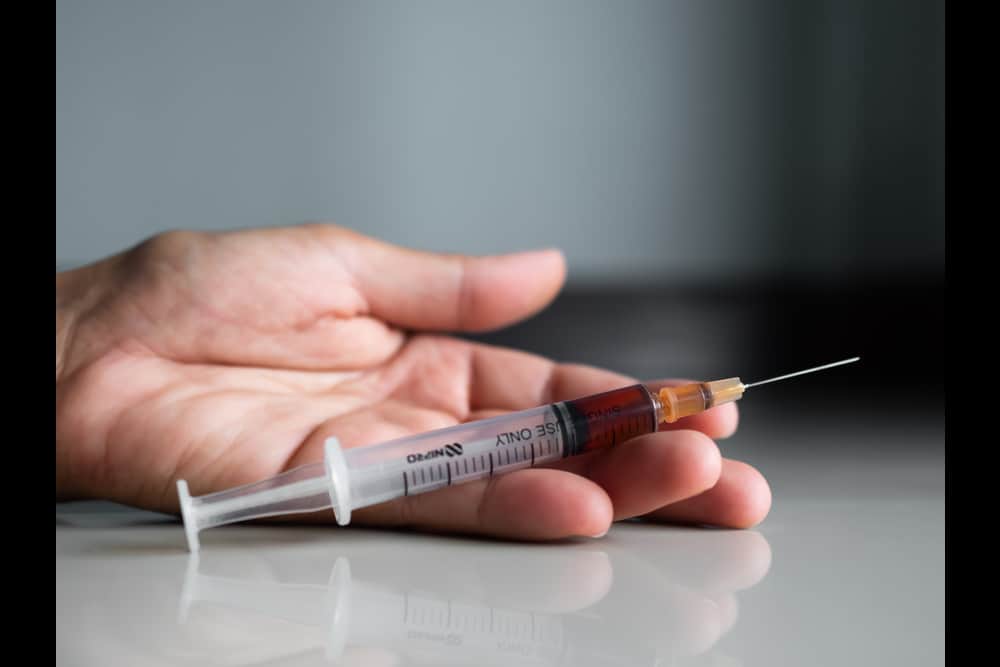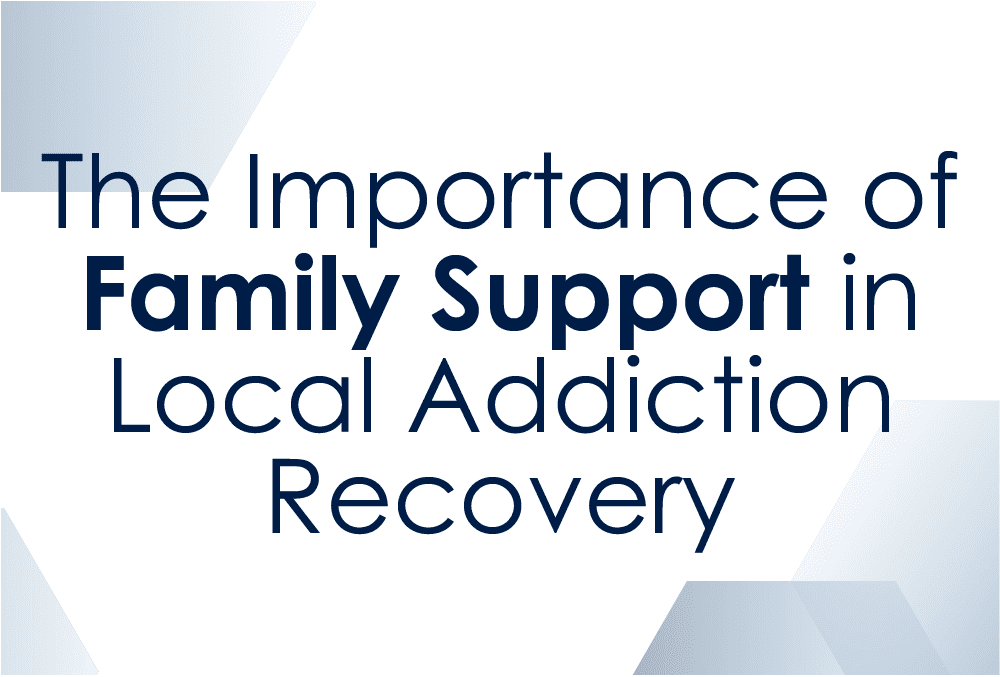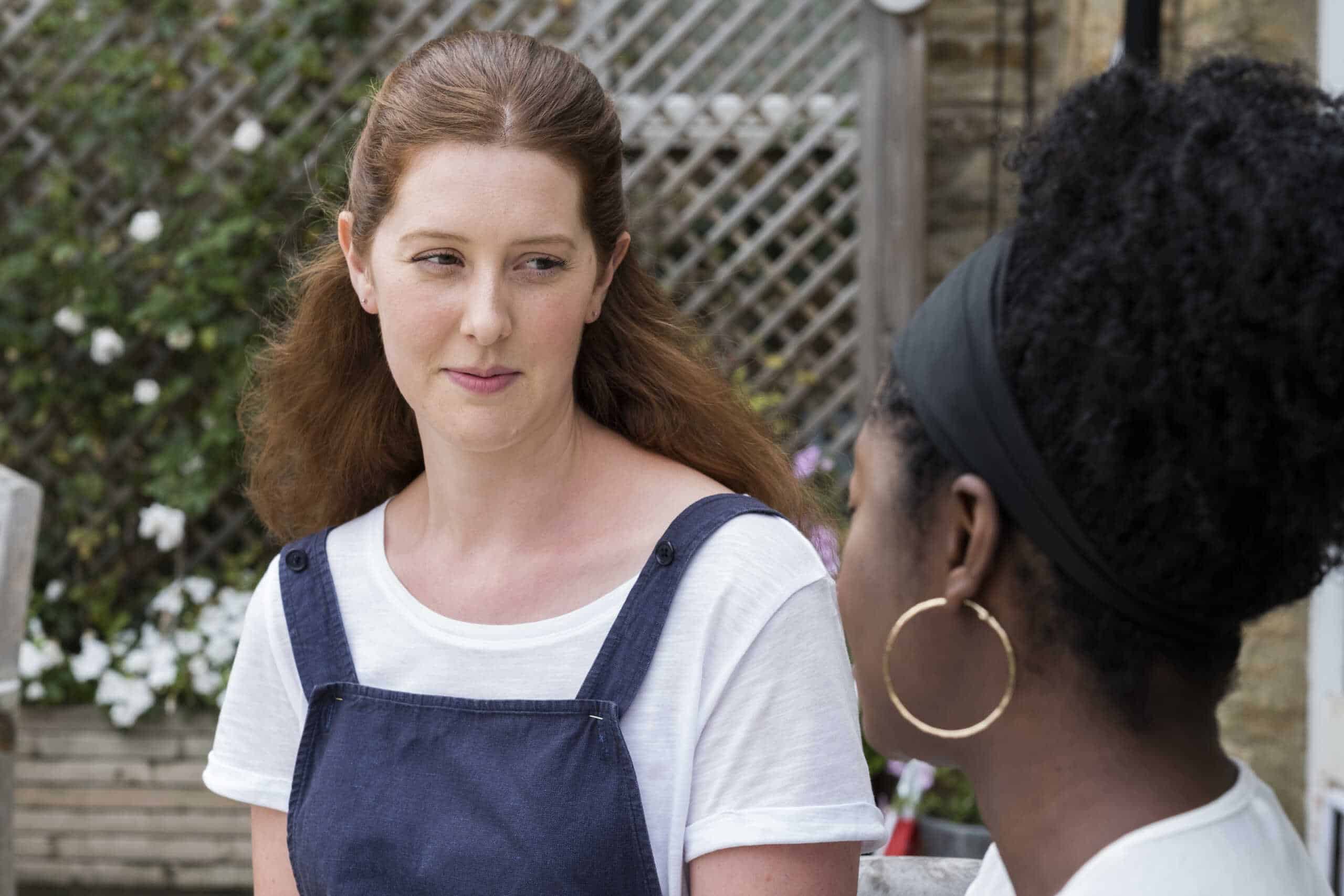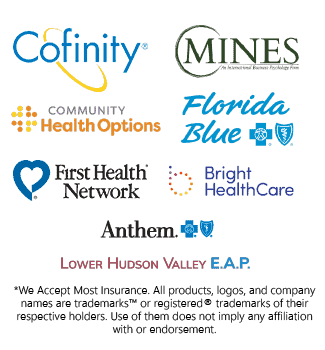Find Out What Heroin Looks Like
The Appearance of Heroin & It’s Paraphernalia
The Appearance of Heroin & It’s Paraphernalia
Heroin abuse and addiction have quickly become two of the most significant public health threats in the country. Heroin addiction affects people of all ages, demographics and walks of life; college students, working professionals and emergency first responders. Heroin addiction does not discriminate, and it has ripped apart innumerable families, destroyed and claimed countless lives and ravaged the nation as a whole since it first hit the scene. The National Institute on Drug Abuse states there were a reported 15,469 heroin-related overdose deaths in 2016 alone.
At Immersion Recovery Center we have seen — firsthand — the amount of damage heroin addiction can do. We have also seen people successfully overcome even the most severe cases of heroin addiction, ultimately going on to lead the healthy, happy and fulfilling lives they deserve. Our effective and integrated program of heroin addiction recovery combines evidence-based therapies with 12-step program education and involvement, holistic methods of recovery and medication assisted treatment options. When it comes to addiction recovery, the first step in every individual journey is reaching out for help. If you or someone you love has been struggling with heroin addiction and has been unable to quit on their own, we are available to help. Contact us today to learn more.
What Does Heroin Look Like?
If you believe someone you love has been struggling with a heroin addiction, you are probably wondering what exactly to keep an eye out for. What are the most common symptoms associated with heroin addiction? What does heroin look like and what heroin paraphernalia would a person addicted to the drug be stashing in their bedroom or car? We have developed an all-inclusive guide, detailing what to be on the lookout for if you suspect someone you love has been abusing heroin but you are not entirely sure.
First of all… what does heroin look like? In its purest form heroin looks like a white or slightly off-white powder. It is rare to find heroin in a pure form in the U.S. however, and it is usually either brown, black or grey. In most cases these hues come from the various products used to dilute heroin which could include anything from coffee grounds to baby powder or rat poison. Because today’s heroin is impure and relatively affordable, rates of accidental overdose are currently higher than they ever have been. If you know and care for someone who you believe might be experimenting with heroin or who might have developed a heroin addiction it is a good idea to know what heroin looks like so you can effectively intervene. We have included images of several different types of heroin below.
We Are Here For You
Let Us Help You Heal
Our detoxification experience is second to none.
Learn how we can help by speaking with one of our Treatment Advisors today.
What are the Different Types of Heroin?
Black Tar Heroin
Black tar heroin is one of the most commonly abused types of heroin. Black tar heroin is typically produced in Mexico and it is often highly impure. Because it is easier to produce than other types of heroin it tends to be more affordable and circulated more widely. This type of heroin looks black or deep brown in color, and it is sticky to the touch. Unlike other types of heroin, black tar heroin is not purchased in powder form.
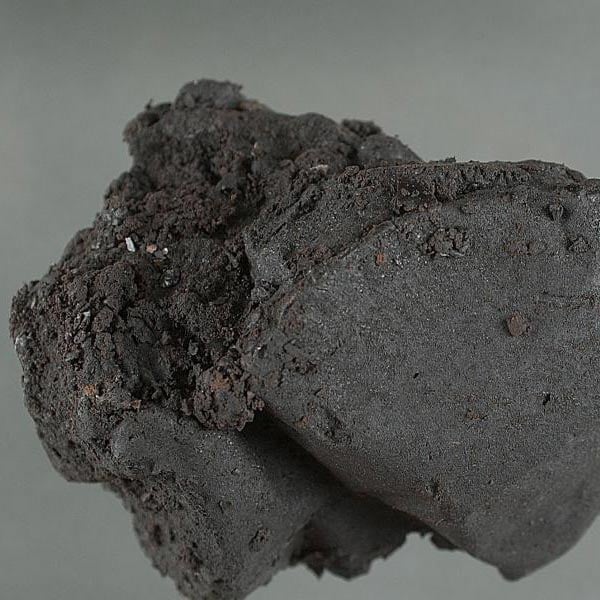
White Heroin & Brown Heroin
White heroin is the purest form of the drug, and because of its purity it is rarely found in the U.S. Brown heroin — pictured to the left — is far more common. Because brown heroin isn’t as refined as white heroin it is not as pure or potent; it is also easier to produce and generally more affordable. Brown heroin doesn’t dissolve as well as black tar heroin or white heroin, so it is often snorted (ingested nasally) or smoked rather than melted down and used intravenously.
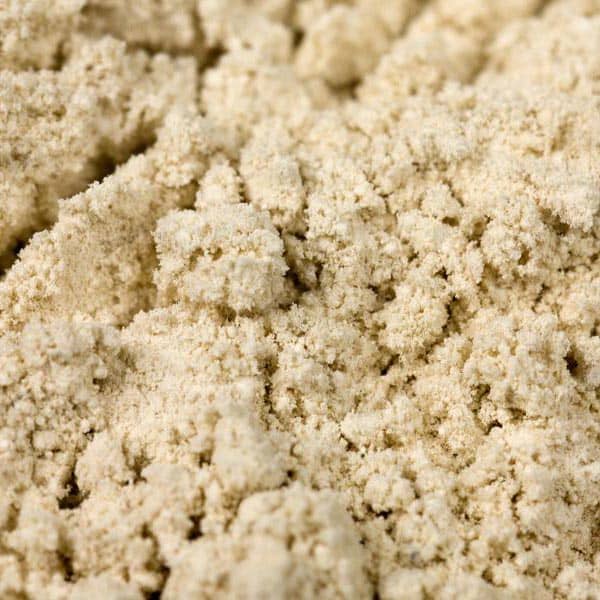
What Does Heroin Paraphernalia Look Like?
Drug paraphernalia refers to any equipment used to produce or ingest a chemical substance. If you suspect someone you love has been abusing heroin, there are several telltale pieces of paraphernalia to keep an eye out for.
Missing Spoons
One of the most telltale signs of heroin misuse is finding spoons missing from the kitchen or finding burnt spoons in your loved one’s bedroom. Powdered heroin is placed in the bowl of the spoon with a small amount of water and boiled down into a liquid with a cigarette lighter. In many instances the bottom of the spoon is stained irreparably by the flame and the spoon is stashed away for future use.
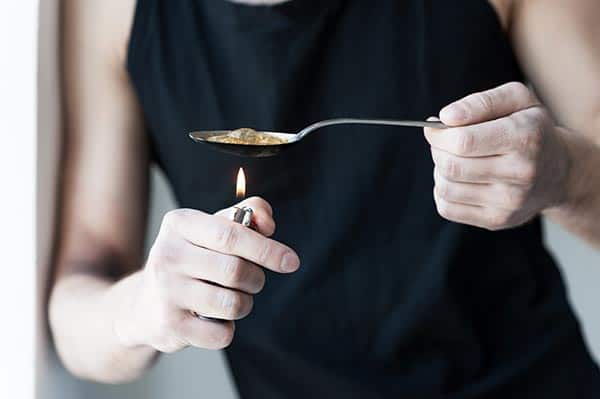
Small Plastic Baggies
Heroin is often packed in a small plastic bag or wrapped in wax paper, depending on the type. Because black tar heroin is more solid it can be easily wrapped in wax paper (like the small pieces of paper pictured to the right), while brown heroin (powdered heroin) is most commonly sold in a small plastic bag. The average price of heroin in the U.S. is between $15 and $20 per 0.1 gram. These wax folds/bags typically hold between 0.1 and 0.5 grams of heroin.
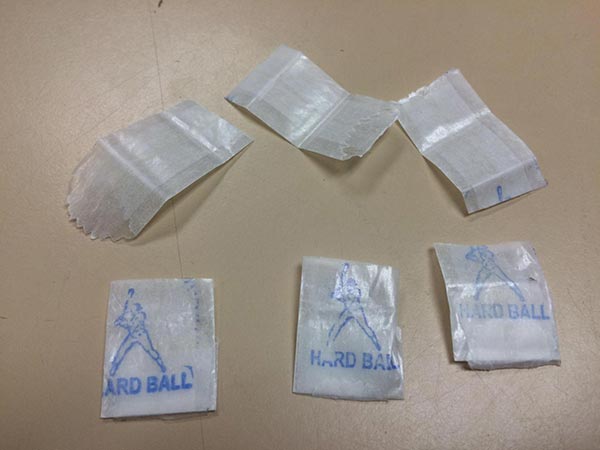
Additional Paraphernalia
Other pieces of paraphernalia to keep an eye out for include rubber tubing or worn belts, which are wrapped around the upper arm to help expose veins (intravenous heroin use), torn up cotton balls which are used to filter the drug after it has been reduced in a spoon, and an excessive amount of lighters or used matches. Intravenous heroin users often hide syringes or needles in their room, and might have burnt pieces of tin foil stashed away if the heroin is being smoked. In some areas heroin can be purchased in pill form — keep an eye out for pills or capsules filled with an off-white or brown powder.
Our Treatment Services Include
What Are the Effects of Heroin Use?
As soon as heroin enters the brain it converts back to morphine and binds to opioid receptors, producing an intense rush of euphoria in the user. Other short-term effects of heroin use include flushing of the skin and increased body temperature, slurred speech, “nodding out” or moving in and out of consciousness, nausea and vomiting or experiencing a heavy feeling in the extremities. There are also many behavioral changes which go hand-in-hand with heroin abuse.
Is My Loved One Using Heroin?
If you believe your loved one has been abusing heroin, keep an eye out for the following warning signs:
- Increased social isolation/more time spent away from family and friends.
- A lack of attention paid to personal hygiene.
- The presence of drug paraphernalia like burnt spoons, plastic bags, syringes and used cotton balls or Q-tips.
- Noticeable changes in behavior.
- Track marks or bruising on the inner arms and other parts of the body.
- An unfamiliar smell coming from your loved one’s room.
- Missing money and missing valuables (often pawned).
- Sleeping strange hours and appearing drowsy or “out of it” throughout the day.
Keep an eye out for paraphernalia. If you see any combination of burnt spoons, syringes, small folds of wax paper, burnt tin foil squares or partially used/torn apart cotton balls, there is a very good chance your loved one has been abusing heroin.
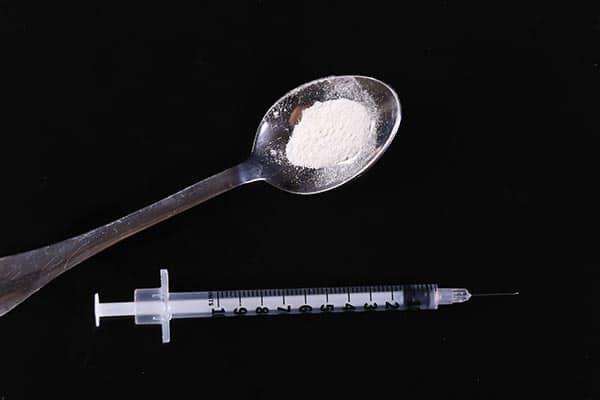
Ready To Begin Your Treatment?
Let Us Help Your Family Heal
Our family therapy program is second to none.
Learn how we can help your family by calling a Treatment Advisor now.
Why Do People Use Heroin?
The answer to the question, “Why do people use heroin,” varies drastically depending on personal circumstances. Some people begin using heroin because of peer pressure or a desire to fit in; others begin using heroin in an attempt to self-medicate an underlying mental illness. In most cases, people continue using heroin in order to avoid severe withdrawal symptoms. As the body and brain acclimate to the presence of heroin the system starts going into shock anytime the substance is not present. Within the first 12 hours after the last use, people start to experience severe stomach cramping, nausea and vomiting, cold sweats and a variety of other uncomfortable physical and psychological symptoms. Drug cravings become overwhelming, and most people return to heroin use before the withdrawal process concludes. This is why entering into a program of medical detox before transitioning into a higher level of care is recommended.
Best Treatment for Heroin Addiction
What is the best treatment option for someone who has been struggling with heroin addiction? At Immersion Recovery Center we recommend anyone who has been using heroin enter into a medical detox program for at least one full week. Medical detox provides a safe and medically monitored environment in which to undergo a comfortable heroin withdrawal. We recommend transition from detox into a higher level of care immediately, seeing as early sobriety is a vulnerable time for those attempting to overcome a heroin addiction of any severity. At Immersion Recovery Center we provide a multi-phased curriculum of care geared towards physical, mental and emotional healing. Contact us today to learn more.
Begin Healing Now!
Have A Call With One Of Our Treatment Advisors
Don’t Suffer Any Longer
Heroin Addiction Recovery in Delray Beach, Florida
At Immersion Recovery Center we provide effective treatment options to those who have been struggling with heroin addiction. When you or your loved one is ready to ask for help, Immersion Recovery Center will be here. Our admissions process is simple and straightforward and can be completed in as little as 15 minutes. We will provide a complimentary assessment, free, no obligation insurance benefit check and help coordinate local travel to our facility. All you or your loved one has to do is ask for help, we will take care of the rest. Contact us today to get started.
Get Started Now
Give us a call 24/7
(888) 693-1604
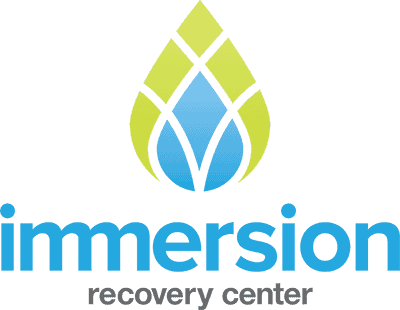
Reviewed for accuracy by :
Susan Shirley
LMHC
Serving as the Inpatient Clinical Director at Immersion Recovery Center, Susan will work directly with staff members, clients, and family members to ensure the clinical program remains as effective and individualized as possible. Susan is no stranger to the fields of behavioral health and addiction. She has over 25 years of experience, working in an inpatient setting, an outpatient setting, acute stabilization and nearly all other settings in the realm of addiction recovery.


